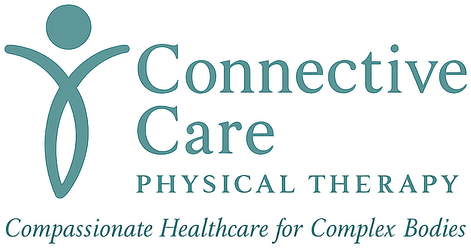Pain Neuroscience Simplified
Pain is weird.
You can have pain without damage.
You can have damage without pain.
The same injury can feel totally different on two different days.
So what’s going on?
Pain is an alarm — not a damage report.
Your brain creates pain to protect you.
Sometimes it’s spot-on (like when you sprain your ankle). But sometimes, especially in chronic pain, your system becomes overly sensitive. The alarm goes off even when there’s no danger.
That doesn’t mean the pain is fake — it means your system is doing its job too well.
What turns the pain volume up?
Stress and nervous system overdrive
Poor sleep
Fear of movement
Past trauma
Inflammation or dysregulation
Being misunderstood or dismissed by providers
Over time, your pain system can get stuck on high alert. That’s called central sensitization.
The good news? This can change.
Pain neuroscience education — when done gently and respectfully — helps you understand what’s happening and reduce fear.
It’s not about telling you “it’s all in your head.”
It’s about showing you what your brain and body are trying to protect — and helping you feel safer again.
How we help at Connective Care Physical Therapy:
Nervous system regulation
Gentle exposure to movement
Trust-building between body and brain
Education that meets you where you are
Understanding your pain is the first step toward changing it.
[Give us a call at (631) 448-3764 or email at diana@connectivecarept.com]

